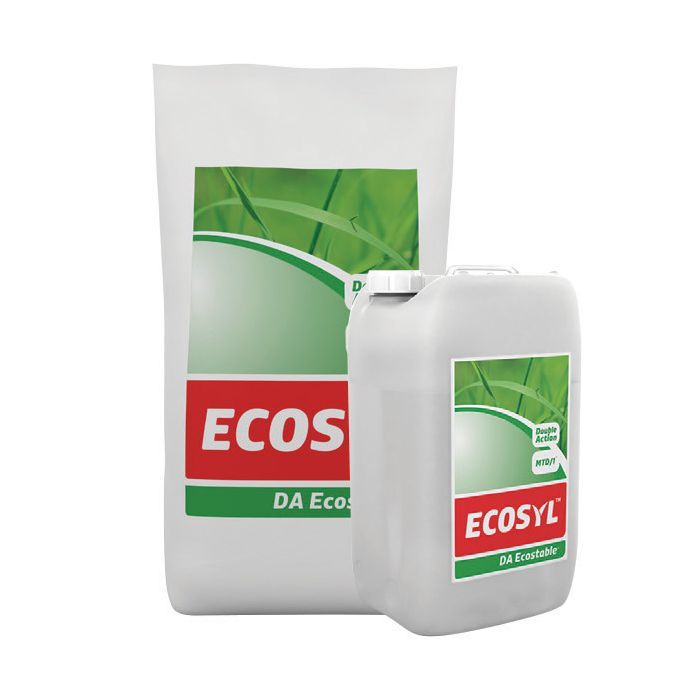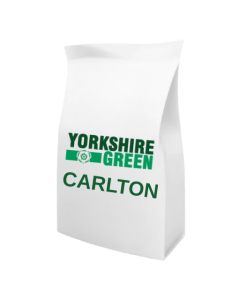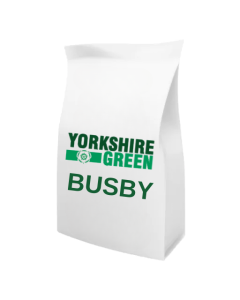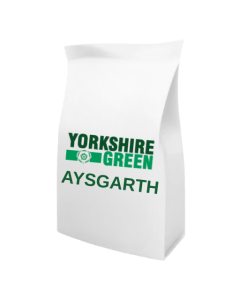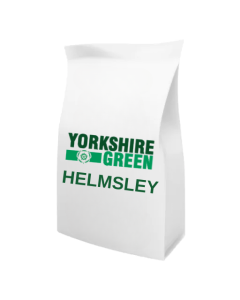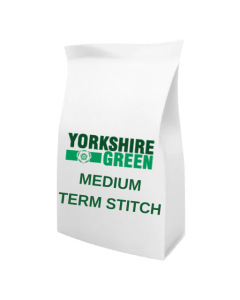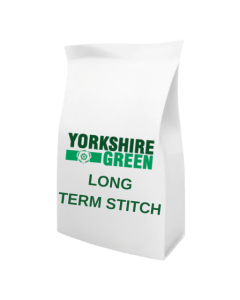DA Ecostable
SKU
DAECOSTABLE
DA Ecostable is designed for use with clamped high dry matter grass, legumes and cereal/legume bi-crops. 1 pack treats 50T of forage.
- Faster, more efficient fermentation
- Improved aerobic stability, reducing the likelihood of mycotoxin contamination
- Reduced DM losses
- Improved animal performance
Usage:
- DA Ecostable is for liquid application only.
- Liquid application at 2l/T
- Dry application at 500g/T
- GMO-free
Storage:
Unopened drums can be stored for 30 months in a cool dry place. Use opened product within 3 days. Once mixed use within 48 hours.
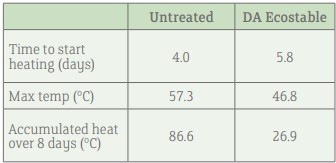

| Weight | 1.000000 |
|---|---|
| Brand | Ecosyl |
Write Your Own Review

